Erin Birden & Sheila Power
Region 15 Public Schools
TEACHER'S SNAPSHOT
Subjects:
Civic Engagement, Civics, Free Speech, Politics & Government, Rights & Responsibilities of Citizens, World War II
Course Topics/Big Ideas:
Rights and Responsibilities of Citizens, Role of Connecticut in U.S. History, Role of the United States in World Affairs
Town:
Southbury
Grade:
High School
Lesson Plan Notes
In a democracy, individuals and communities can take informed action to stand up to injustice and prejudice. In this lesson, students will study the example set by the people and leaders of the town of Southbury, Connecticut, when they used their voices and local government to stop the construction of a German American Bund Camp in their town. The German American Bund was a pro-Nazi American organization formed in 1936 and led by a man named Fritz Kuhn. They opened youth camps throughout the United States to spread the Nazi ideology and garner support for their cause. In September 1937, a man named Wolfgang Jung, a member of the German American Bund, purchased 178 acres of land in Southbury with the goal of opening one of these youth camps. A small group of Southbury residents became aware of the sale. However, most people in the town of Southbury were unaware of the plans to build a youth camp until a newspaper article was published. Soon after, townspeople and leaders came together to use their voices and legal means to stop the camp from being built.
ESSENTIAL QUESTION
SUPPORTING QUESTIONS
- What was the German American Bund and what was its role in the United States?
- On what basis did members of the community in Southbury object to the potential presence of the German American Bund camp in Southbury?
- What strategies did residents use to fight against the construction of the camp?
- What are some recent events or situations in your own community, Connecticut, or nationwide that relate to this historical incident?
ACTIVITY
- Introduce the compelling question and the idea that in 1937 an organization purchased land in Southbury with the plan to build a facility there (without mentioning the Bund specifically).
- Together as a class, examine the German American Bund membership application and “Purposes and Aims” document. Ask students to share their observations, thoughts, and questions, and fill in any missing background information about the Bund that they might not have gathered from the documents. Discuss the supporting questions.
- Working in pairs or small groups, have students examine one or a few of the primary sources provided, using the Library of Congress Primary Source Analysis worksheet to gather their thoughts. You may wish to have more than one group look at each source.
- Have groups share their documents and observations with the rest of the class, or create a jigsaw. Discuss the reasons that Southbury residents objected to the proposed German American Bund camp and the strategies they used to oppose it.
- As a class, discuss whether there are recent events or situations in your own community, Connecticut, or nationwide that relate to this historical incident?
OPPORTUNITIES FOR ASSESSMENT
- Students will research an issue in their school community, town, or state that they feel demands action. Working individually or in groups, they will consider what outcome(s) they are seeking, what partners/stakeholders might collaborate with them, and then develop an action plan.
- Students will reflect on the question, “What can we learn from the way the community of Southbury responded to the German American Bund in 1937 to help solve problems of injustice in the world around you today?” and create an essay, poem, work of art, or digital media project in response.
RESOURCE TOOL KIT
A special thank you to Melinda Elliott of the Southbury Historical Society and Ben Sodergren of the Republican-American newspaper for helping locate and access the following primary source documents.
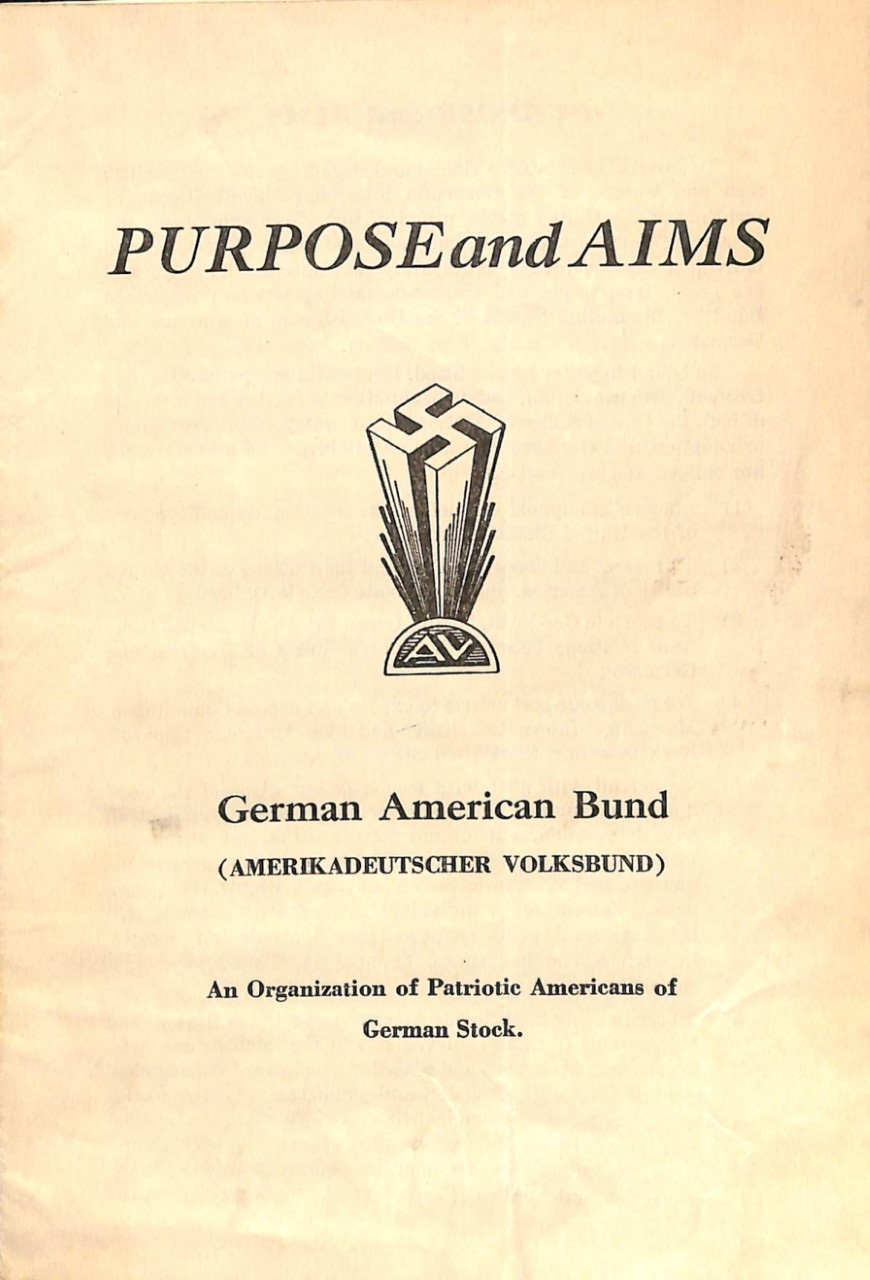
“Purpose and Aims” German American Bund (Amerikadeutscher Volksbund). Courtesy Southbury Historical Society.
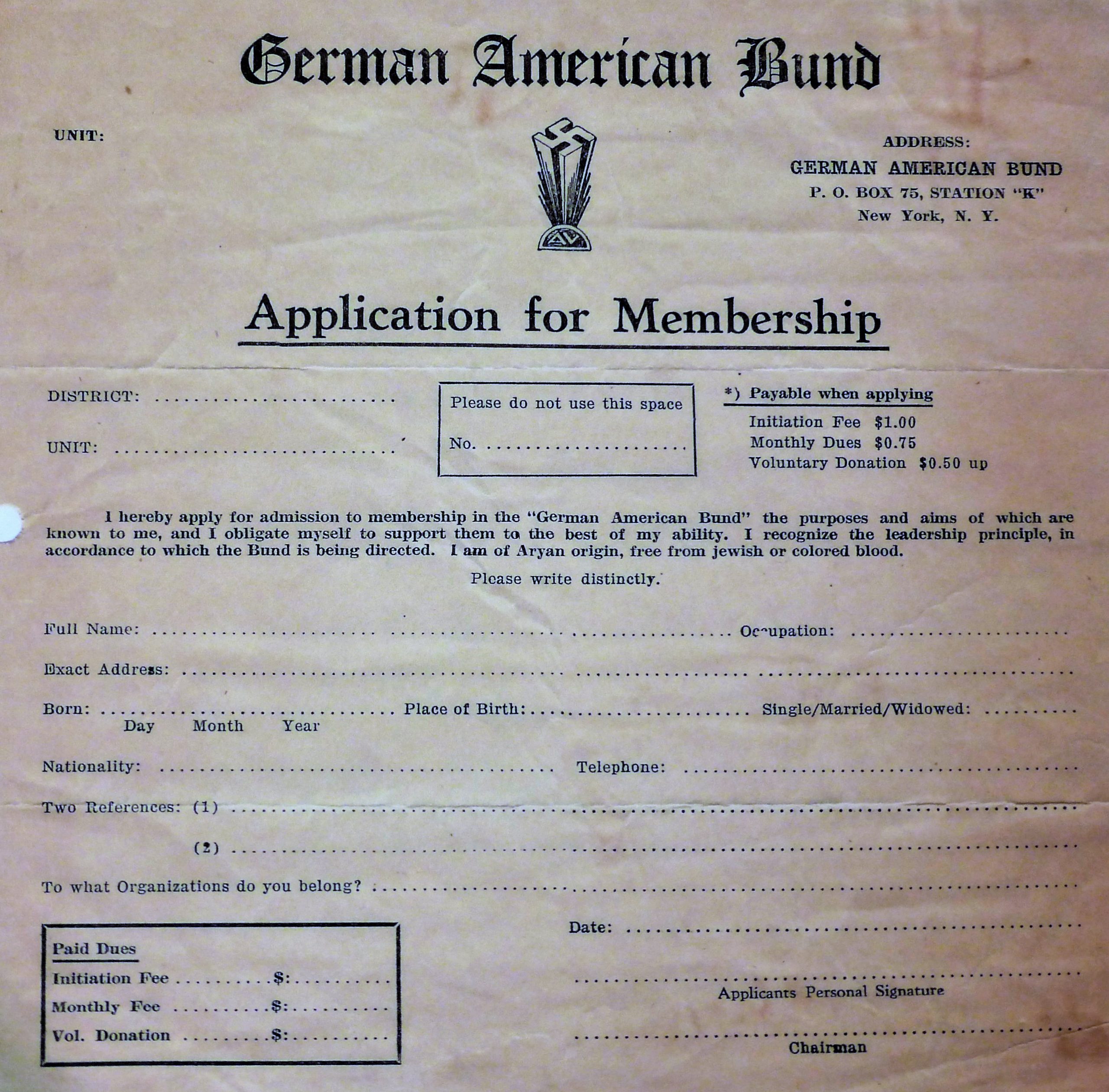
German American Bund Application for Membership, distributed to Southbury residents, 1937. Courtesy Southbury Historical Society.
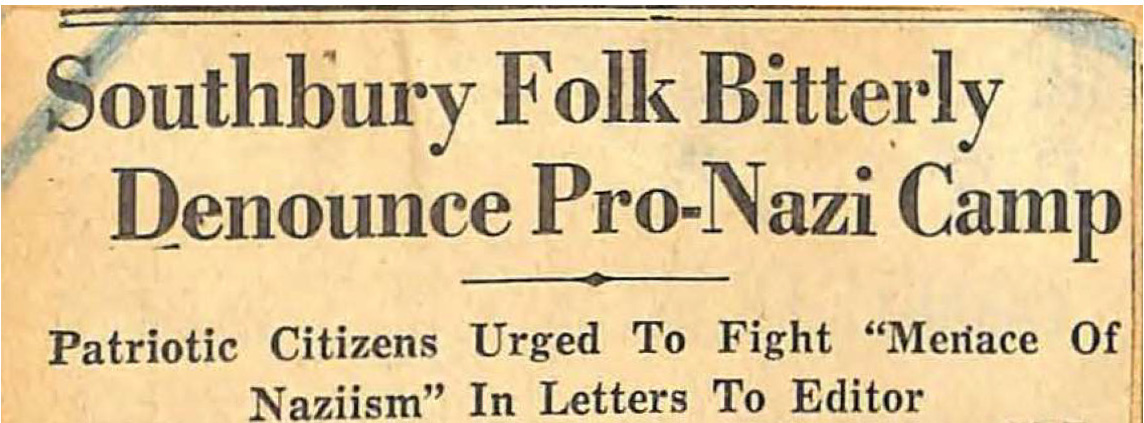
“Southbury Folk Bitterly Denounce Pro-Nazi Camp.” Waterbury Republican. November 18, 1937. Courtesy Southbury Historical Society & Republican-American.
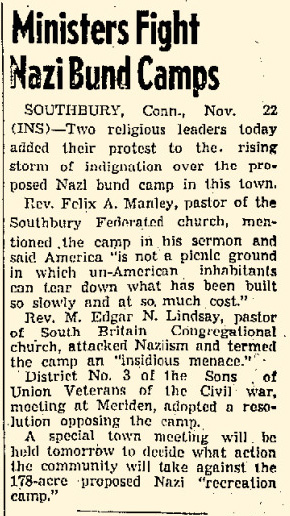
“Ministers Fight Nazi Bund Camps.” November 22, 1937. Courtesy Southbury Historical Society.
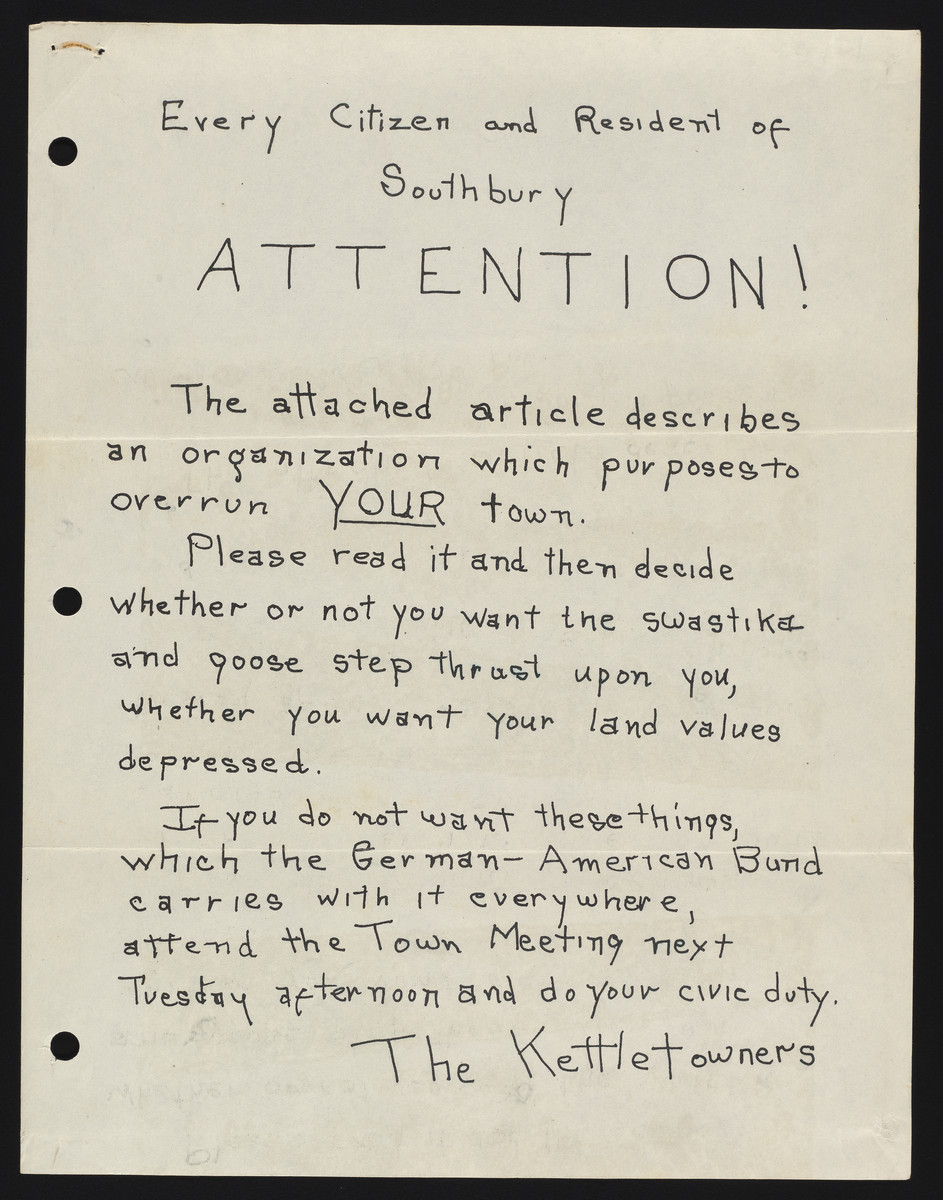
Kettletowners Flyer. Courtesy Southbury Historical Society.
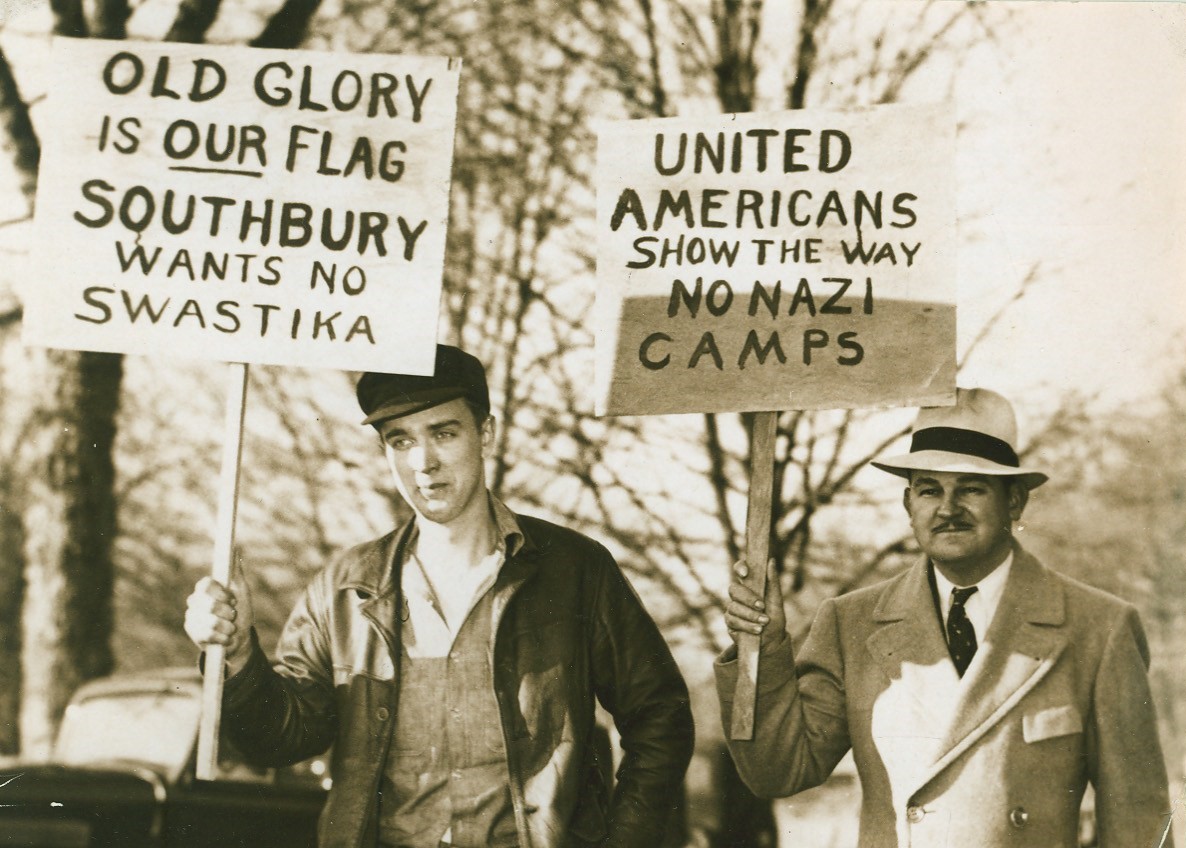
Ernest Moeller and Robert Harrison Protesting, photograph. Courtesy Republican-American.
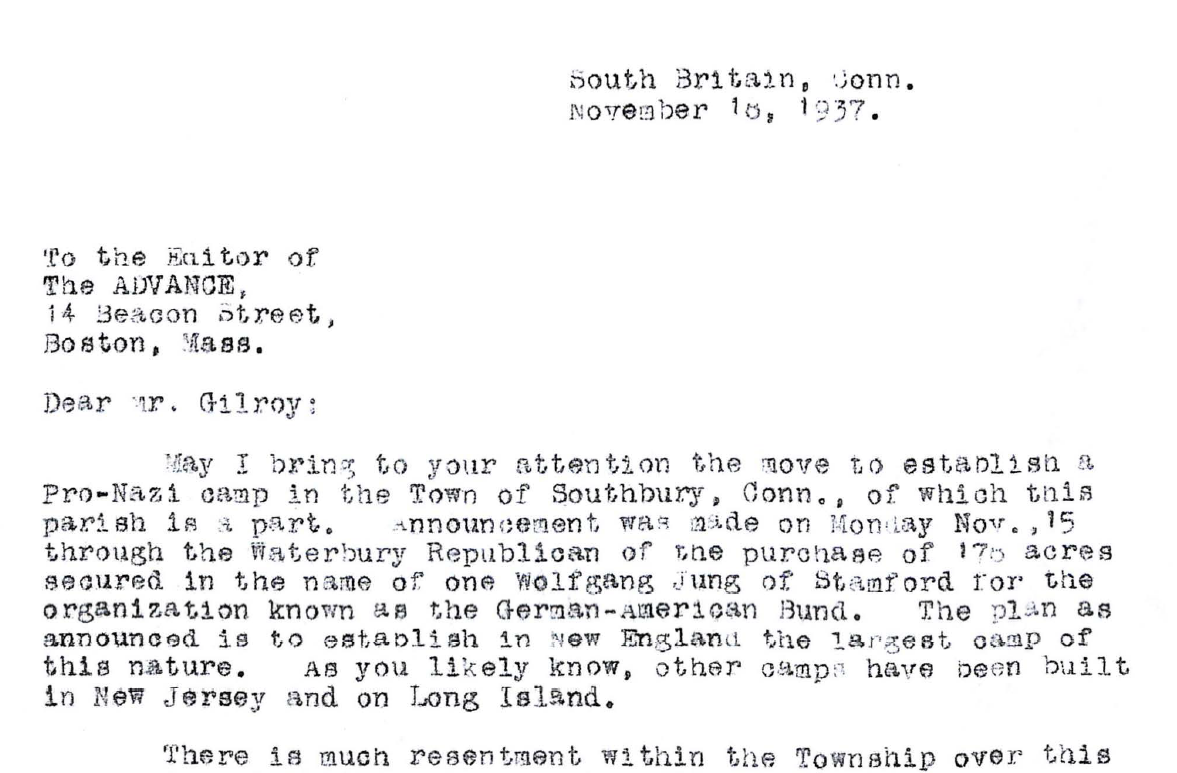
Letter to the Editor of The Advance from Reverend Lindsay. November 18, 1937. Courtesy Southbury Historical Society.
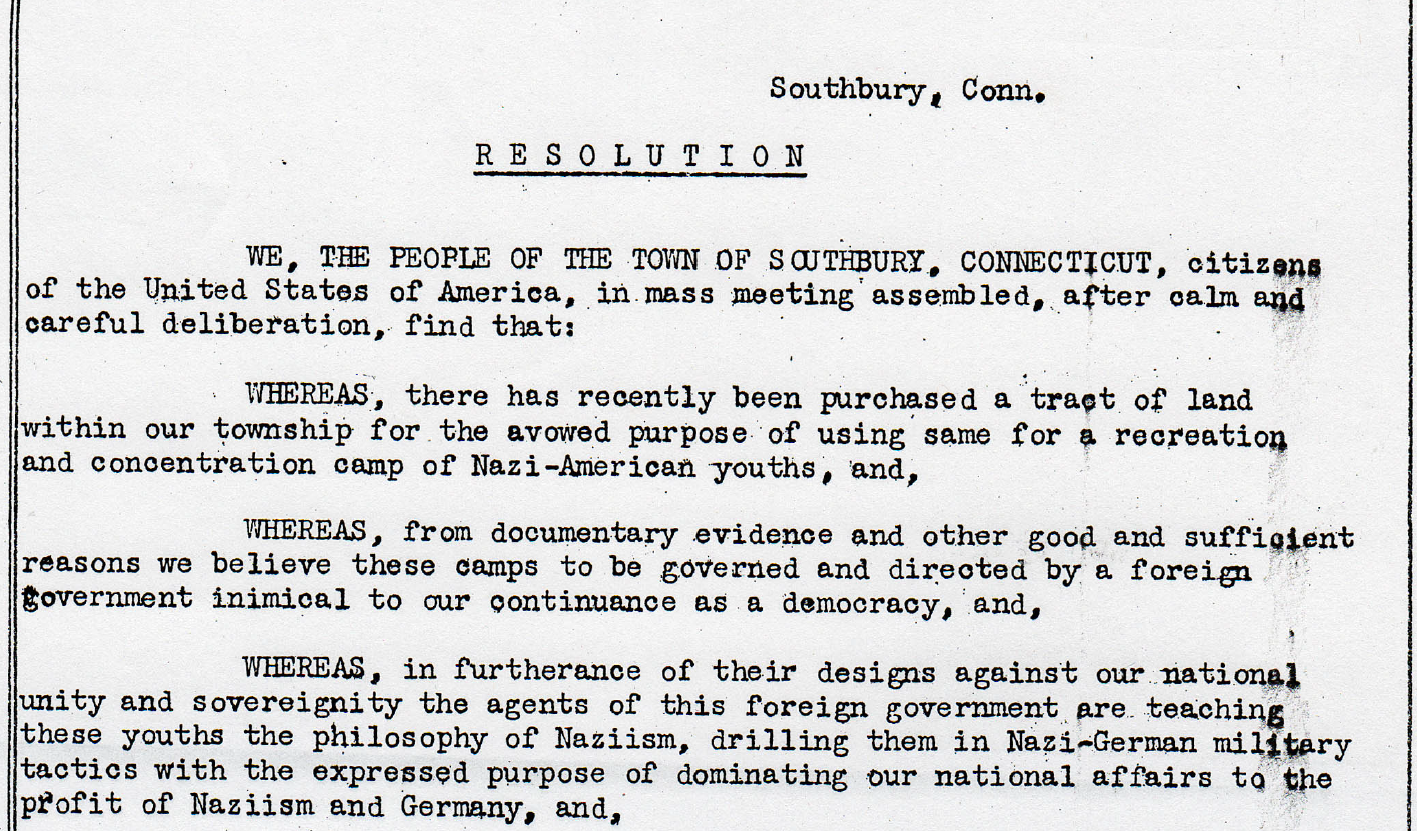
Resolution, Southbury, Conn. November, 23, 1937. Courtesy Southbury Historical Society.
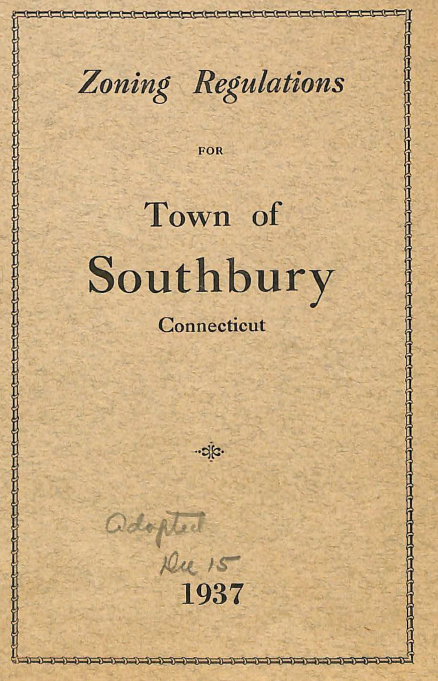
Southbury Zoning Regulations (especially pages 1, 6). Courtesy Southbury Historical Society.
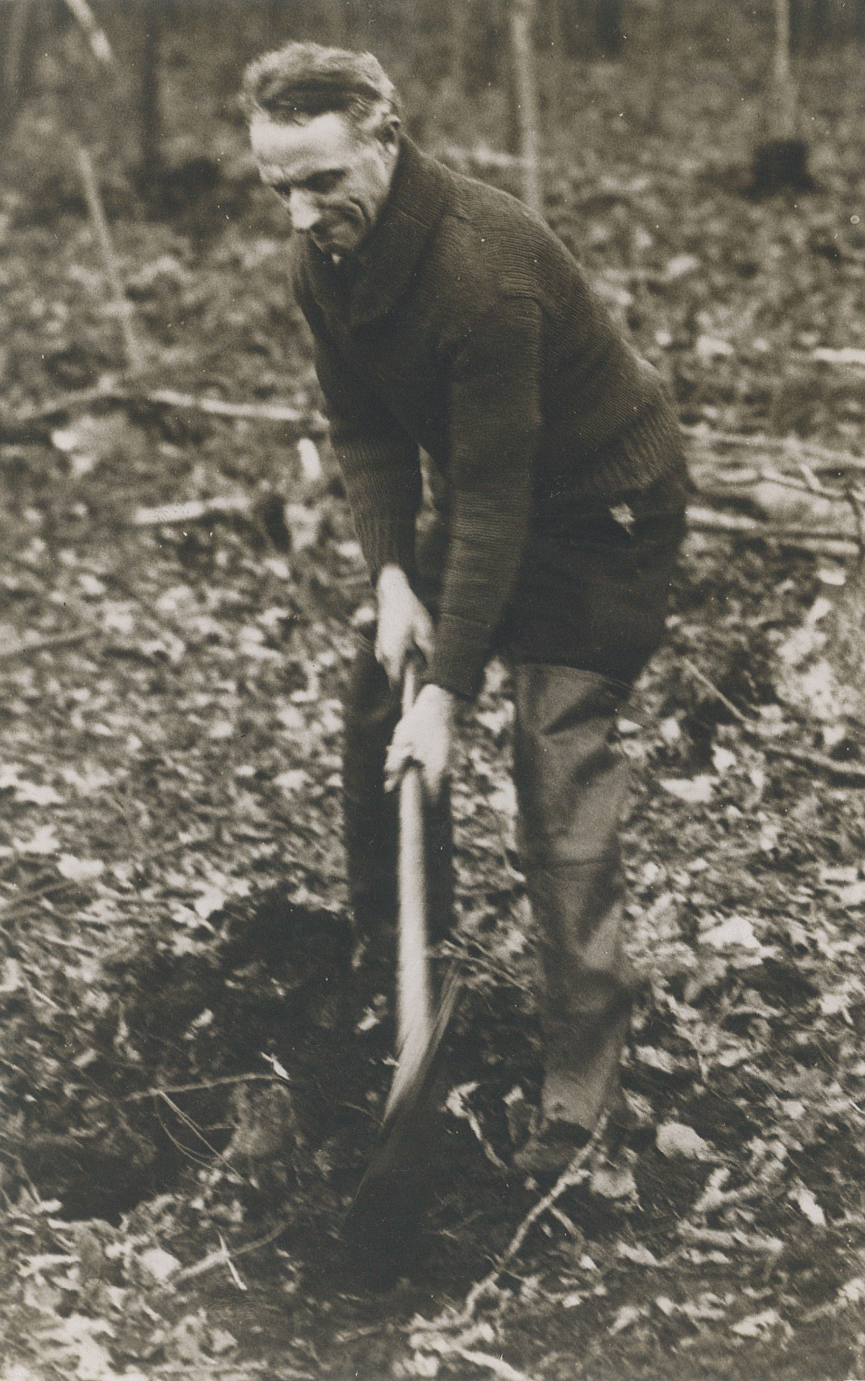
German American Bund member digging on Southbury property, 1937. Courtesy Republican-American.
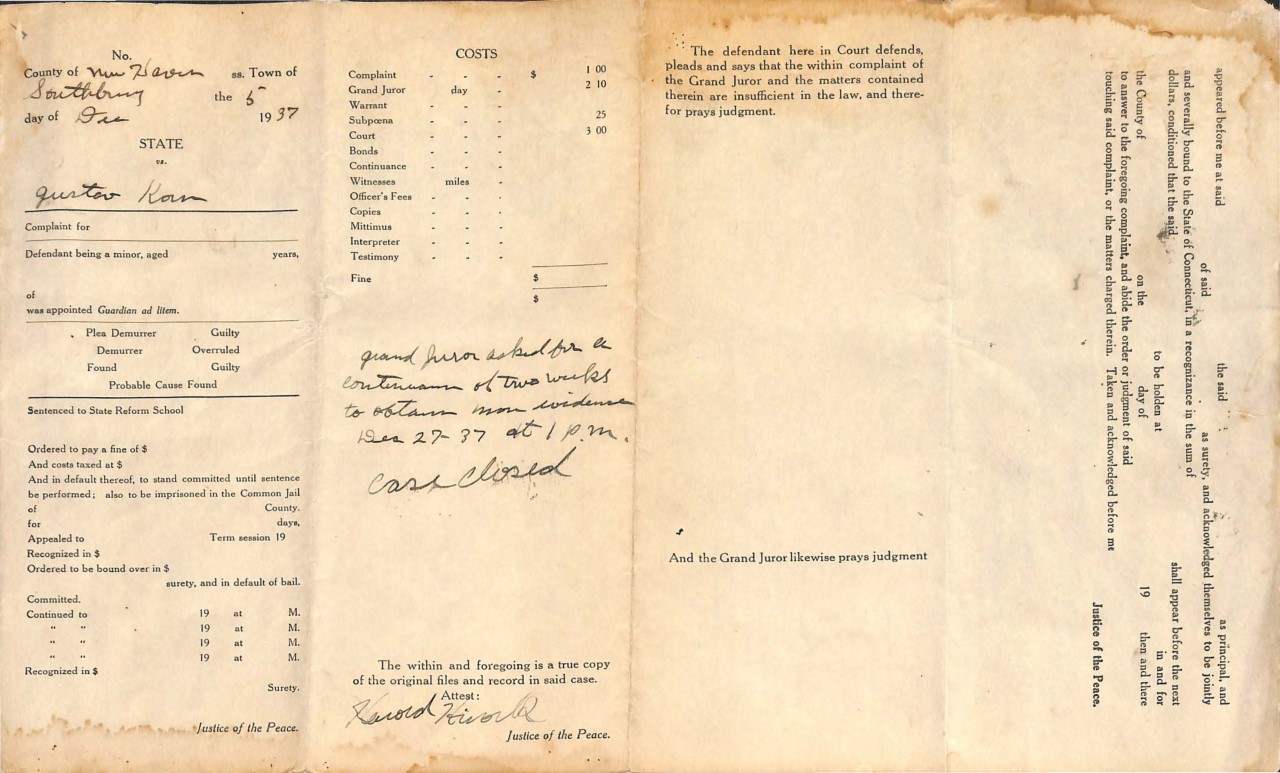
Arrest warrant for Gustav Korn, 1937. Courtesy Southbury Historical Society.
ADDITIONAL RESOURCES
Places to GO
Southbury Historical Society, Southbury
Southbury Congregational Church, Southbury
Things To DO
Understand the timeline of the German American Bund in Southbury, Connecticut: Timeline for the Bund in Southbury by Melinda Elliott for the Southbury Historical Society.
Understand the context of the German American Bund in Connecticut and in the United States: Southbury in the 1930s by Melinda Elliott for the Southbury Historical Society.
Listen to this podcast: How did a CT town take on the Nazis? from WSHU Public Radio
Watch the video in this Republican American article.
Watch this video from Museum of Jewish Heritage: Defiance in CT: “When Southbury Said No”
Websites to VISIT
Rev. Lindsay Papers (collection of letters sent to Rev. Lindsay), United States Holocaust Memorial Museum
Defiance in CT: “When Southbury Said No”, Museum of Jewish Heritage
How Southbury Kept a Nazi Camp out of Their Town, i95 Radio Station
84 years ago: Nazi Bund Camp was being Constructed in Southbury, Stopped by Brave Townspeople, i95 Radio Station
Americans and the Holocaust exhibit, United States Holocaust Memorial Museum
Articles to READ
“Southbury Takes on the Nazis.” ConnecticutHistory.org.
“Southbury’s defiance of Nazis in Holocaust Museum.” Alec Johnson.
Republican-American. April 29, 2018.
“How a Small Connecticut Town Fought the Nazis and Won.” Erik Ofgang. CT Insider: Connecticut Magazine. Nov. 22, 2018.
“New film portrays role of two YDS grads in keeping Nazis out of Southbury, CT in 1930s.” Sarah C. Ginolfi. Yale Divinity School News. December 1, 2012.
“How Southbury turned away the Nazis is chronicled in new documentary.” Daniela Forte, The Litchfield County Times. New Haven Register. Oct. 15, 2012.



